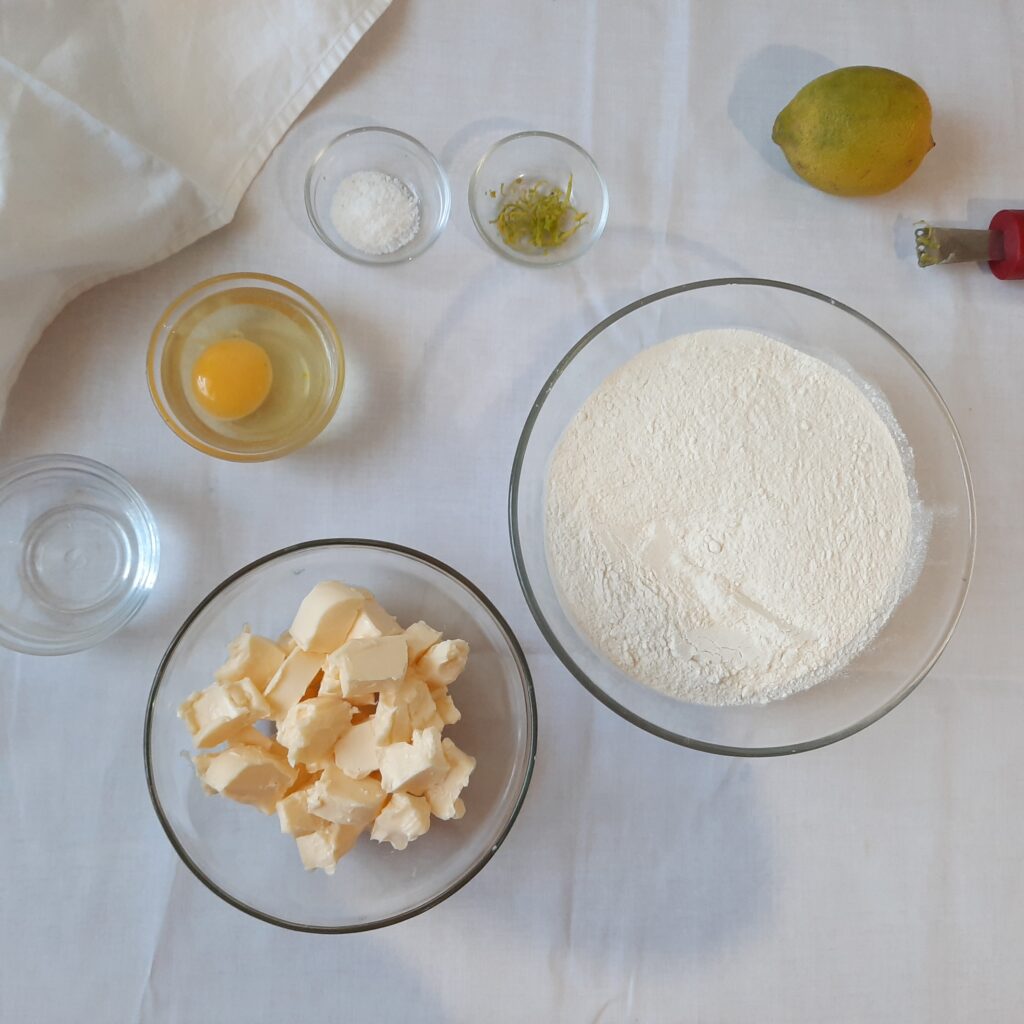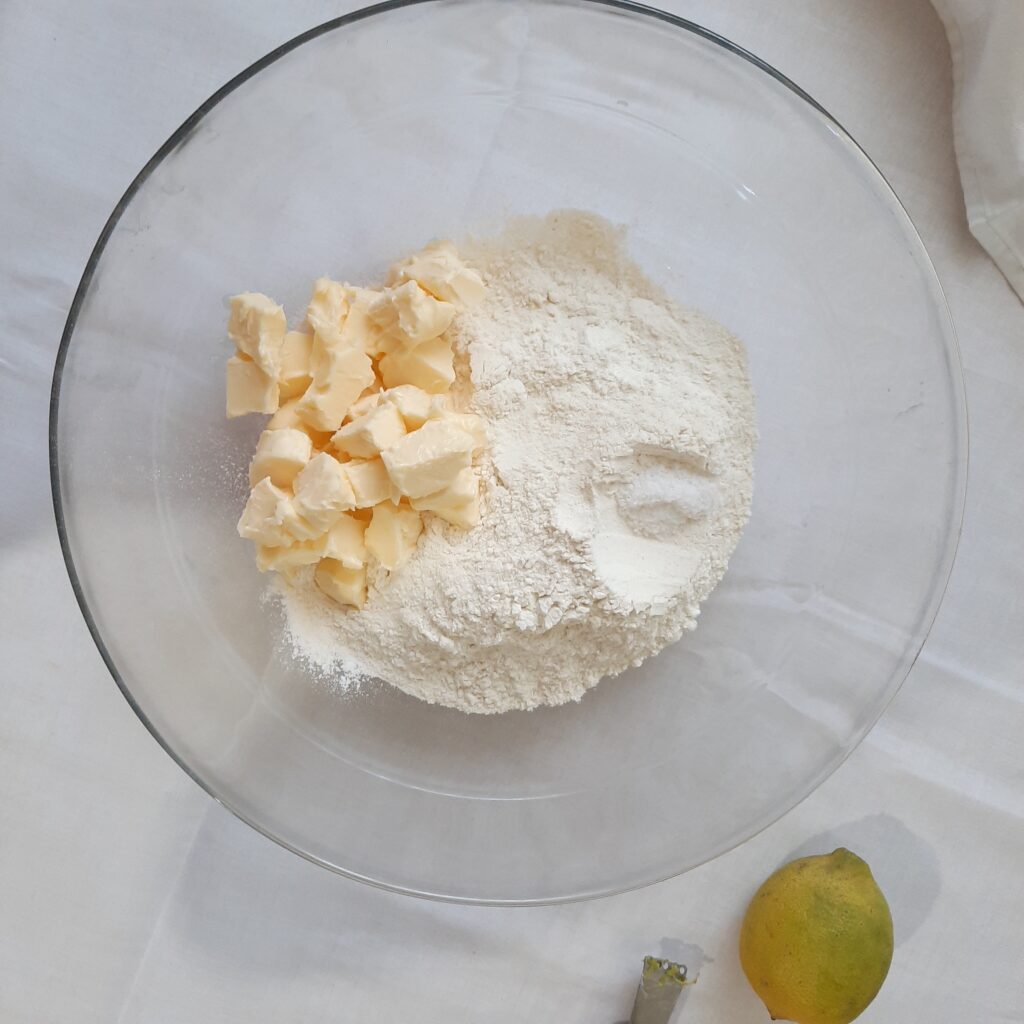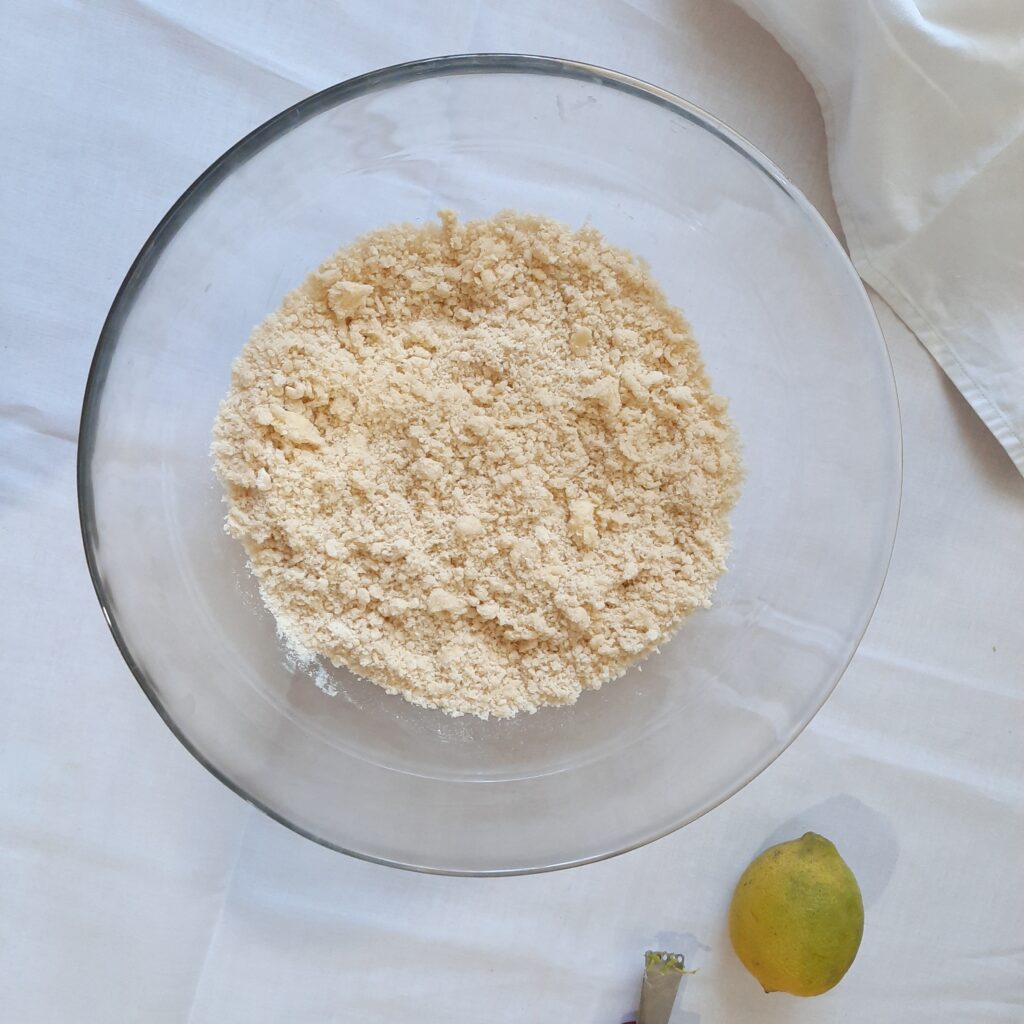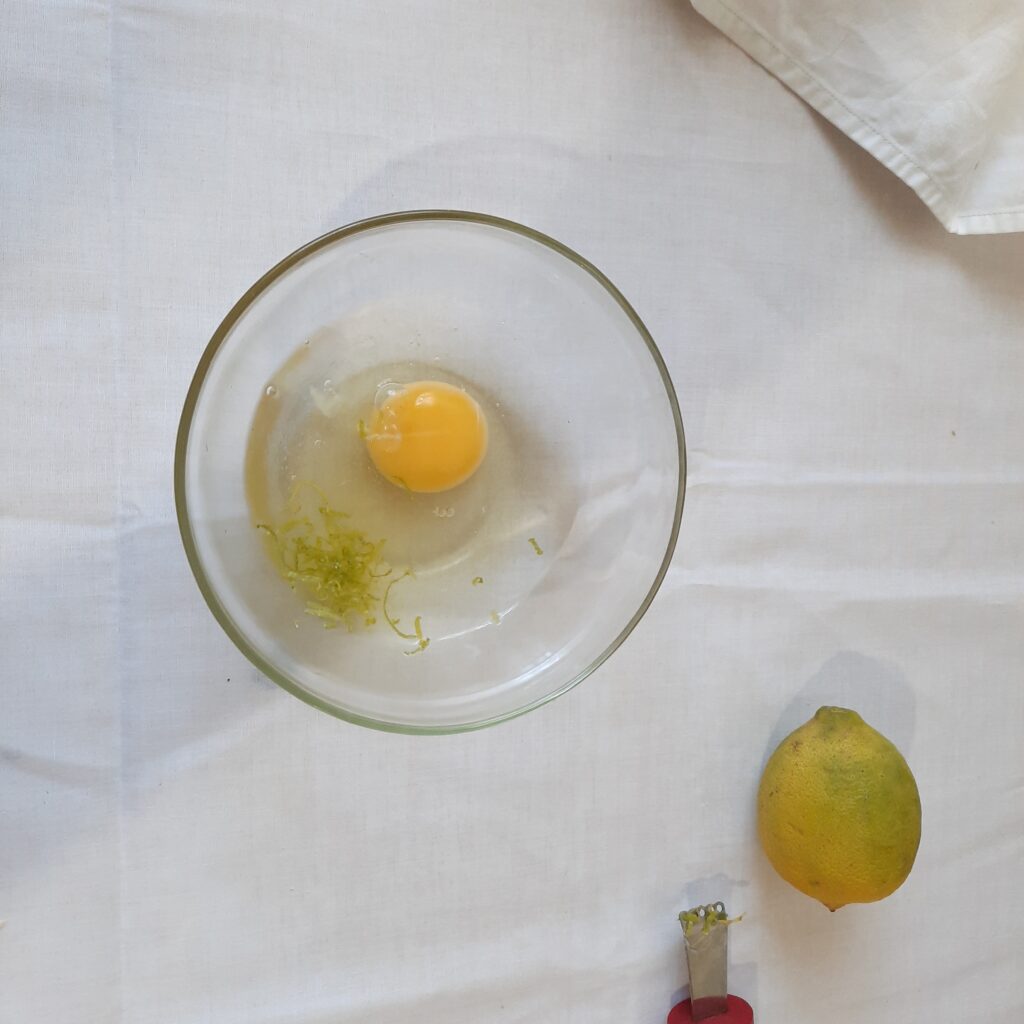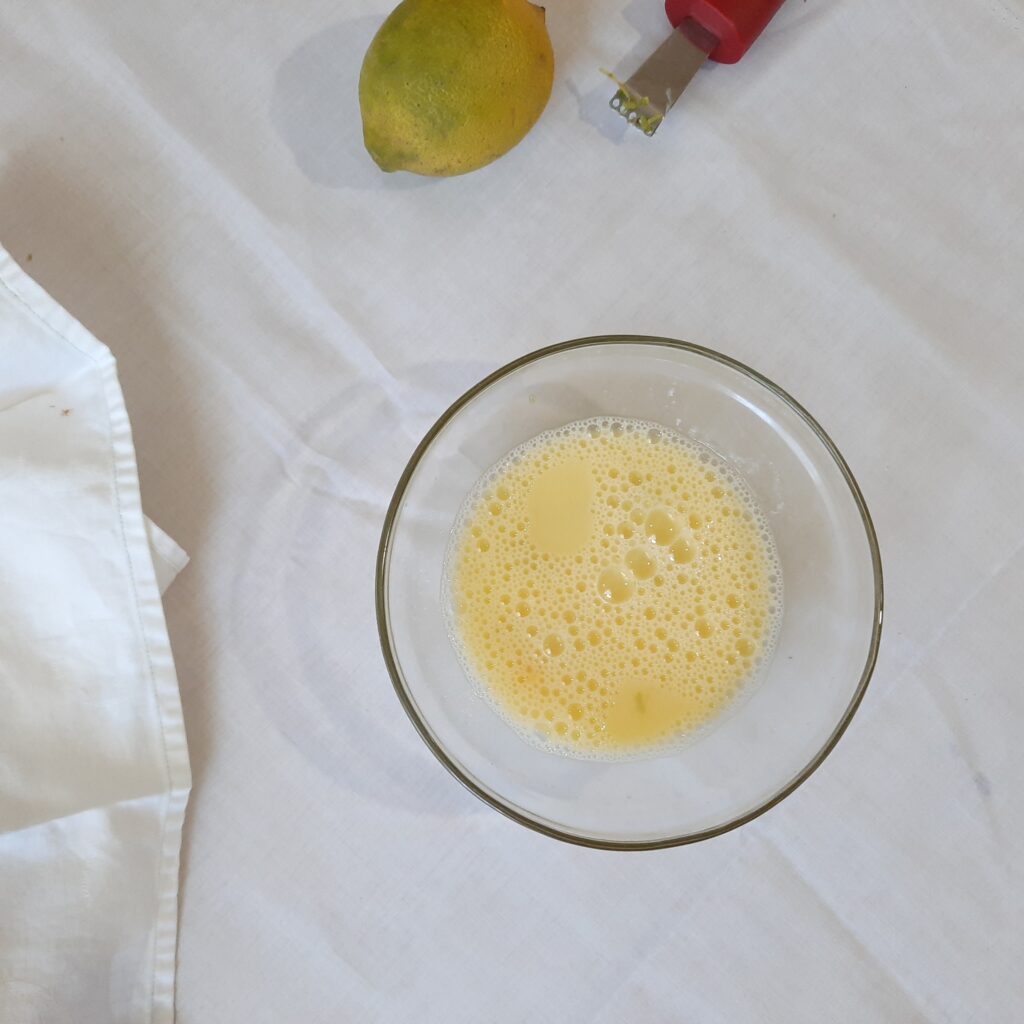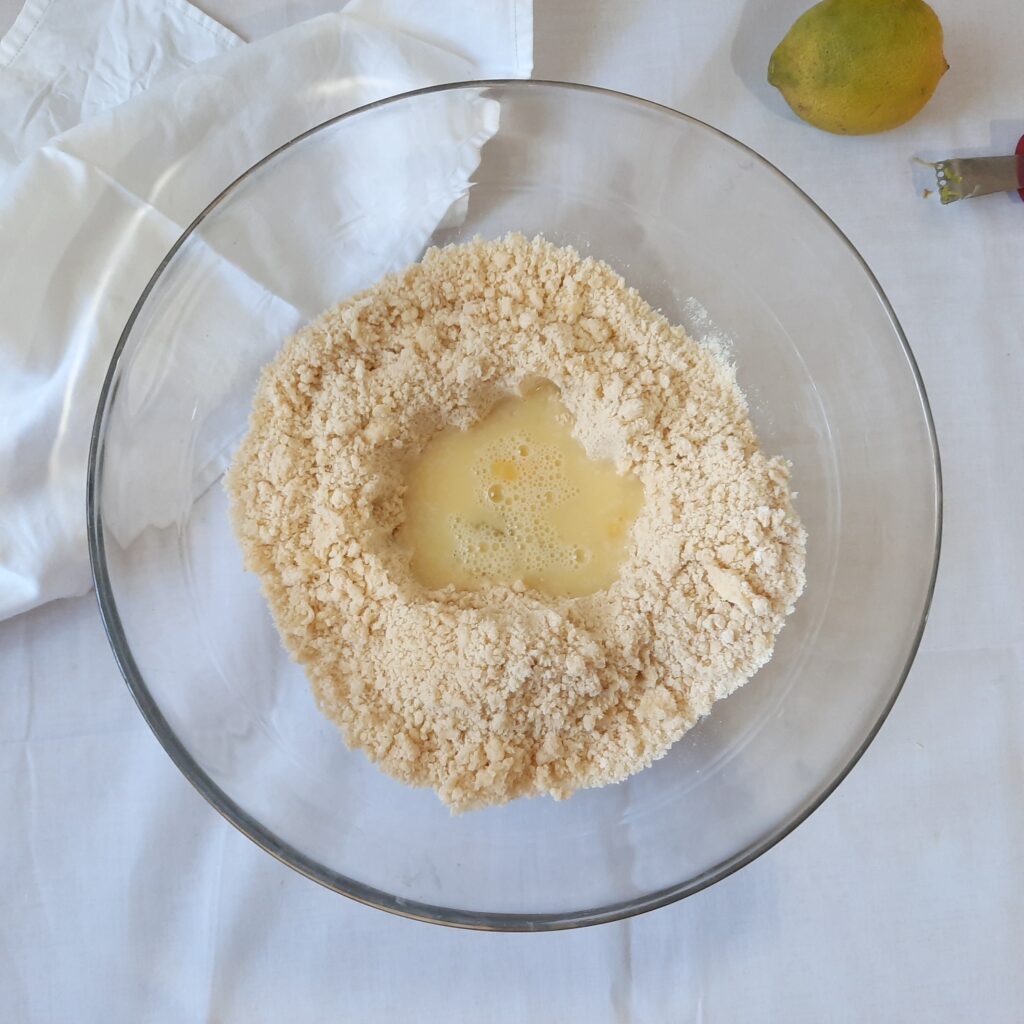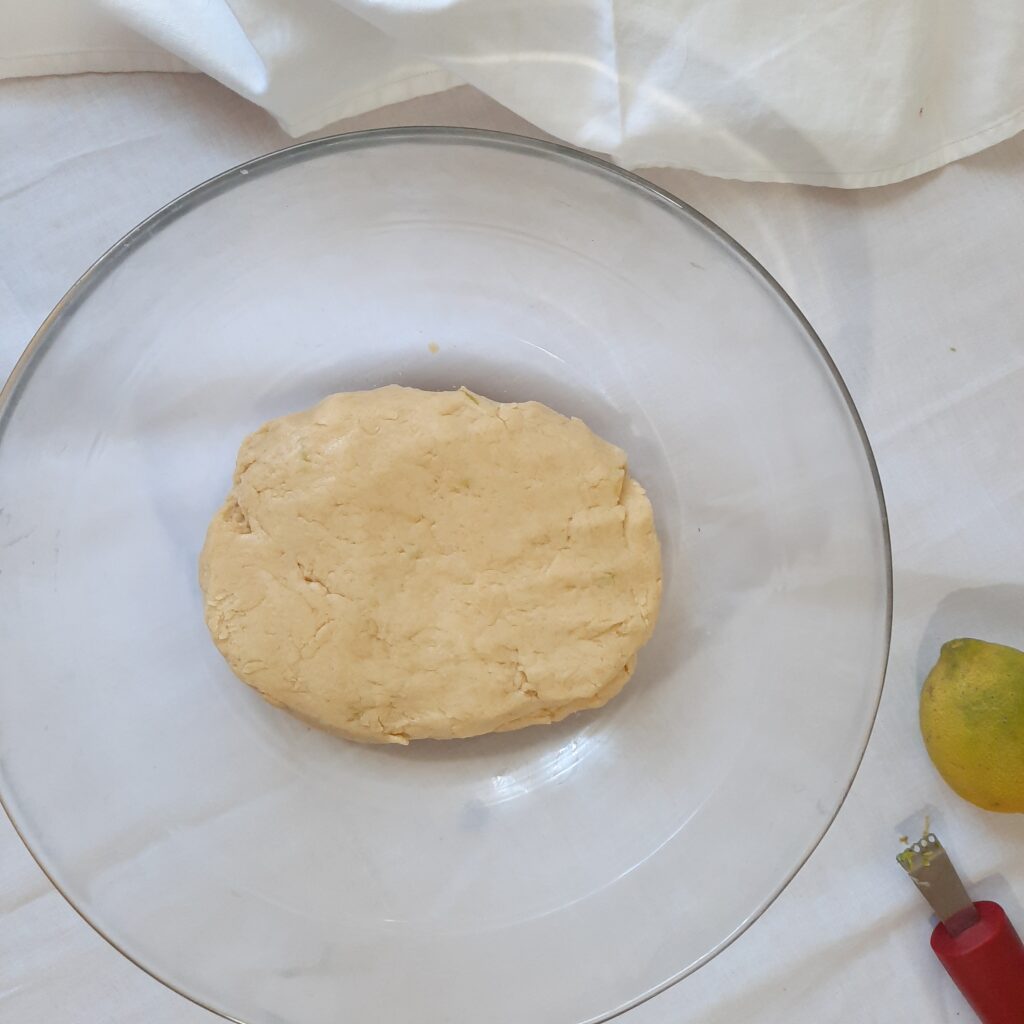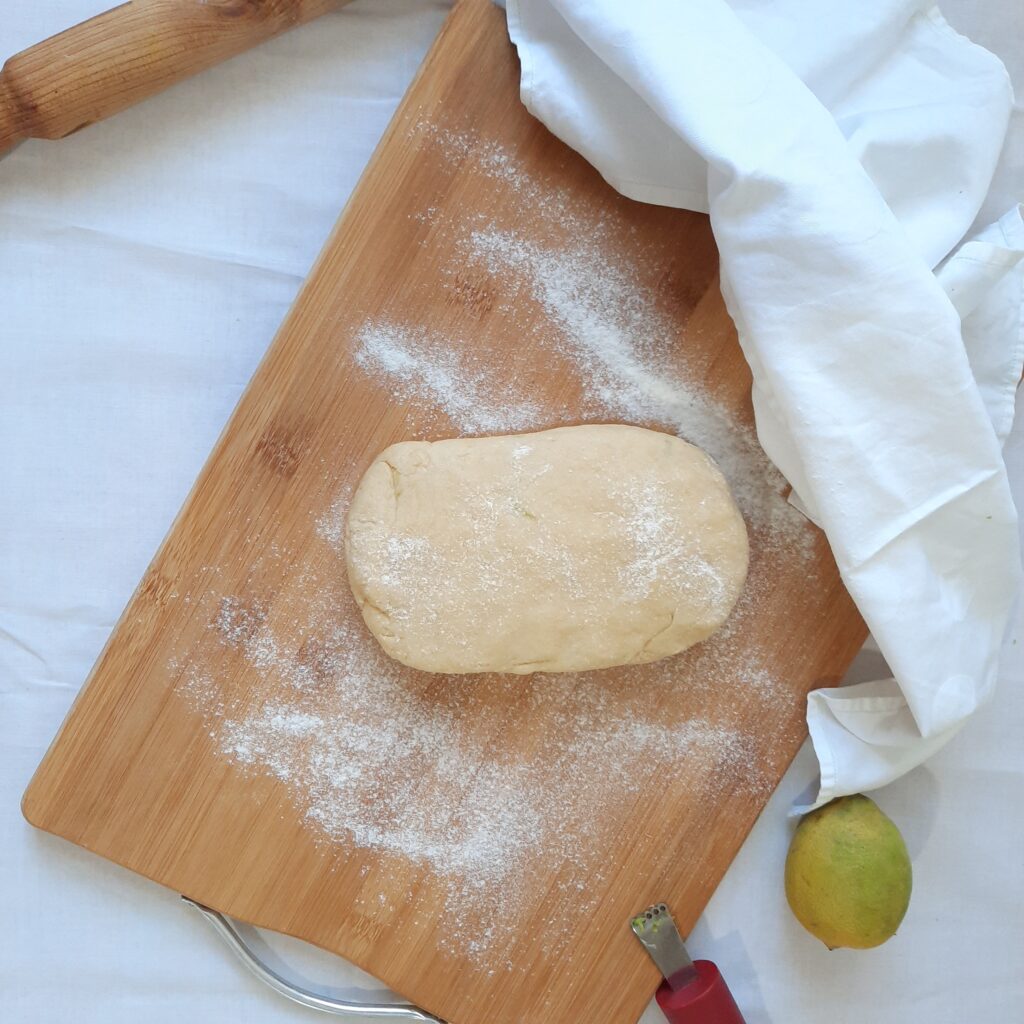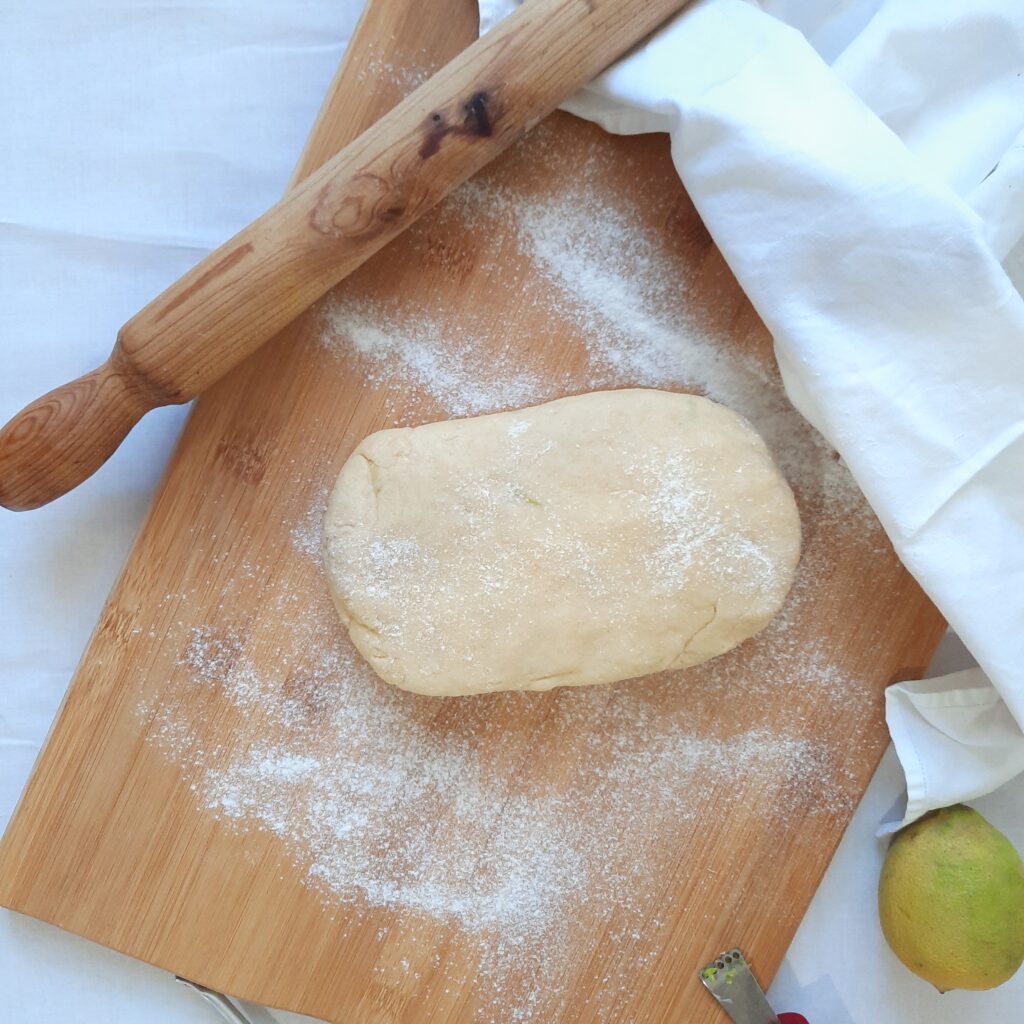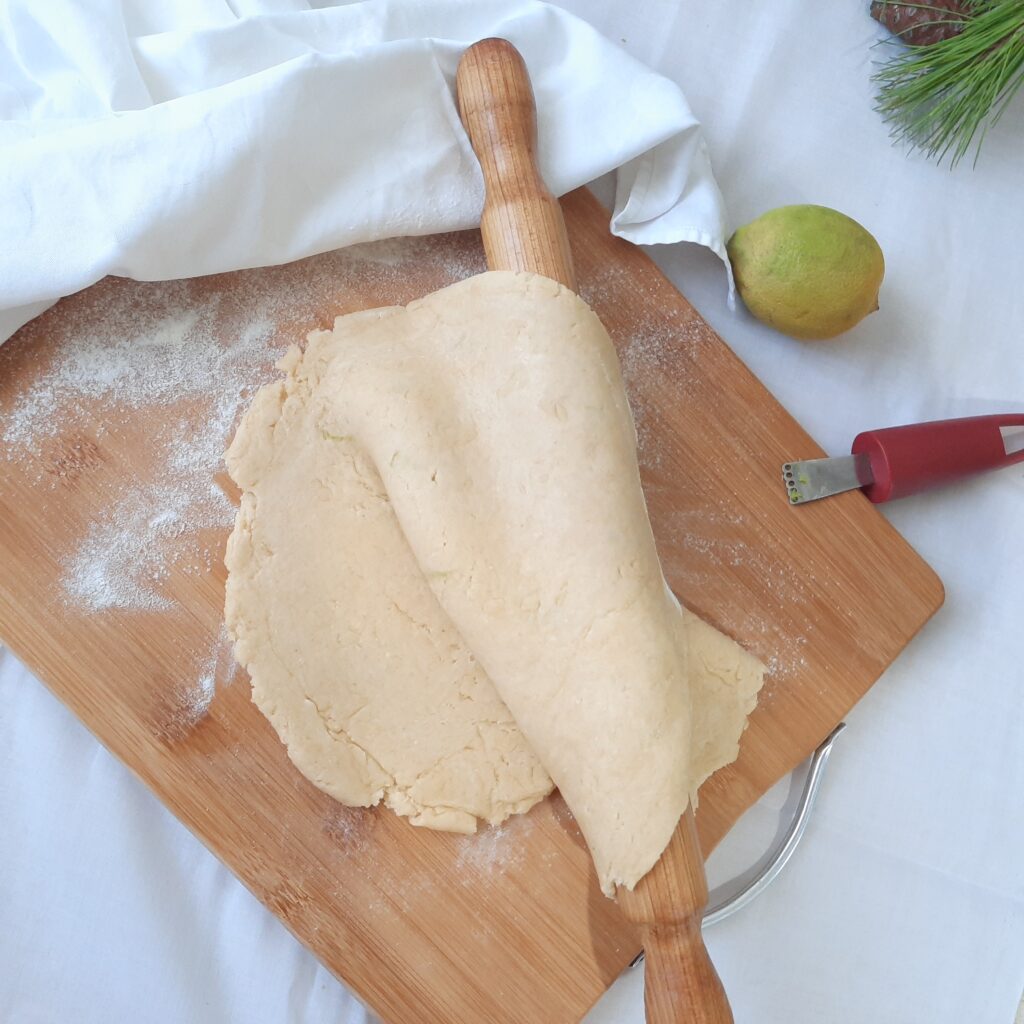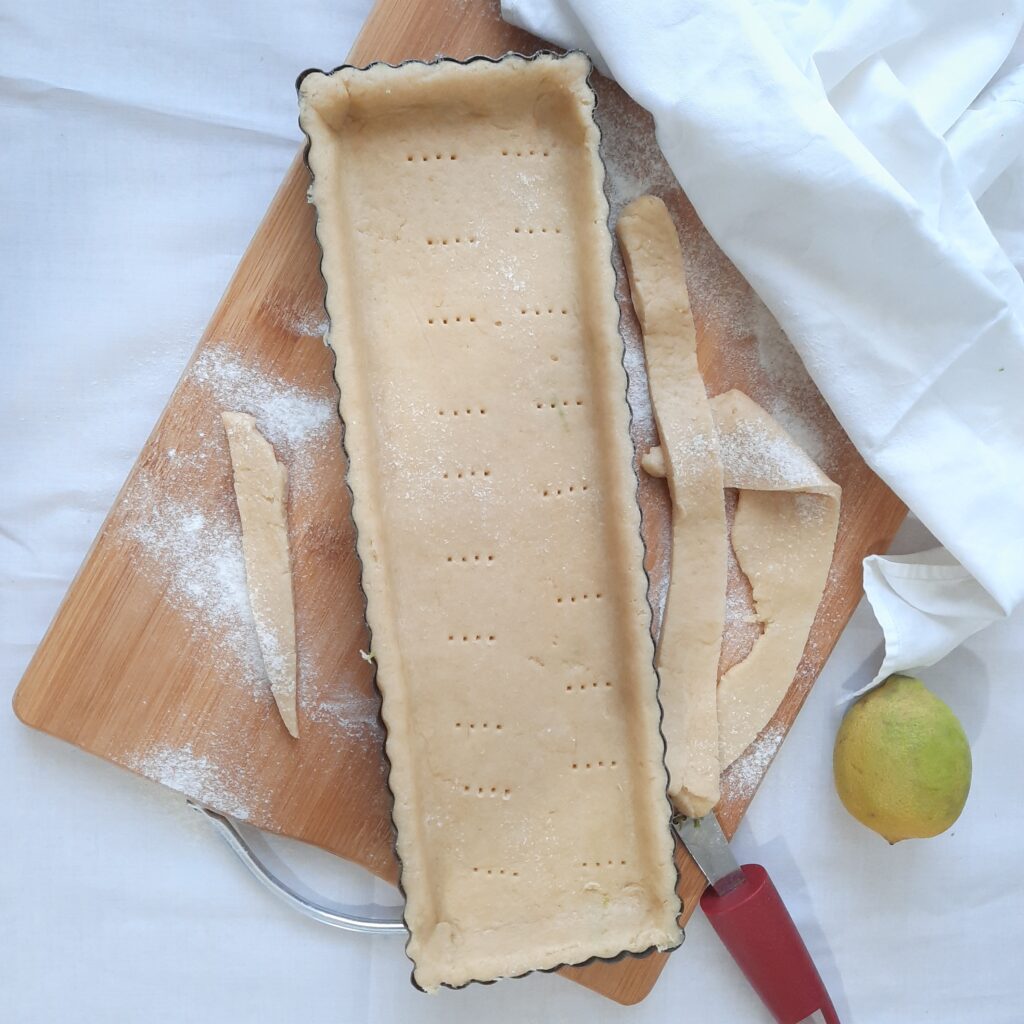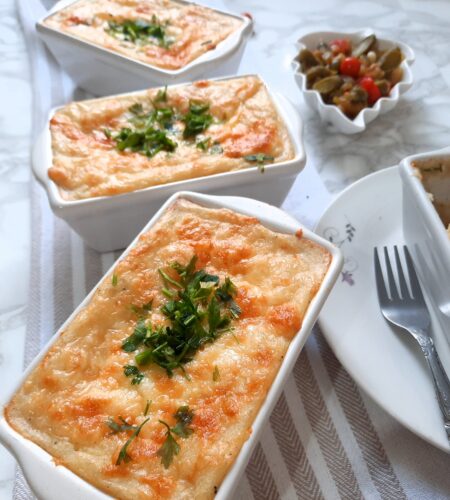Welcome to our friendly guide on how to make the perfect shortcrust pastry from scratch! Whether you’re a seasoned baker or a newbie in the kitchen, this versatile pastry is a must-have in your repertoire. With its buttery, crumbly texture, shortcrust pastry is ideal for both sweet and savory dishes. Let’s dive into its origin, gather our ingredients, and create a delectable masterpiece together!
Origin and history
The origin of shortcrust pastry can be traced back to medieval Europe, including England. During this time, pastry-making techniques were gradually developing, and shortcrust pastry emerged as a practical and versatile dough. Its primary purpose was to encase various fillings, allowing for easy transportation and preservation. While England played a significant role in its origin and early development, it is important to note that pastry-making techniques and variations have evolved across different countries and culinary traditions, like France which it’s known as “pâte brisée.”
Initially, the pastry was often tough and hard, made with coarser grains and fats like lard. However, as culinary techniques evolved and refined, bakers discovered the art of creating a lighter, crumbly texture. This breakthrough led to the development of shortcrust pastry.
The term “short” in shortcrust refers to the crumbly or “short” texture resulting from the combination of flour and fat. Early versions of shortcrust pastry used animal fat, such as lard or suet, combined with flour. The fat was incorporated into the flour to create small, discrete particles, which, upon baking, created pockets of air and resulted in a tender, melt-in-your-mouth texture.
As culinary traditions spread, shortcrust pastry became popular throughout Europe, finding its way into various cuisines. In Britain, shortcrust pastry gained prominence in traditional pies and pasties. In France, it formed the foundation for delicate tarts and quiches. Over time, regional variations and adaptations of shortcrust pastry developed, incorporating different fats, flavors, and techniques.
With the advent of butter as a common ingredient, bakers started replacing animal fats with this rich and flavorful alternative. Butter not only enhanced the taste but also contributed to a lighter and flakier texture, further popularizing shortcrust pastry in both sweet and savory dishes.
Today, shortcrust pastry continues to hold a special place in the culinary world. Its versatility and ability to complement a wide range of fillings have made it a beloved component in pies, tarts, quiches, turnovers, and more. Whether it’s a classic apple pie, a savory quiche, or an exotic international delicacy, shortcrust pastry remains a timeless and cherished element of countless culinary creations.
Tips and notes
To ensure a successful shortcrust pastry, here are some essential tips:
- The key to achieving a flaky texture is to keep your ingredients, especially the butter, cold throughout the process. Cold butter creates small pockets of steam when baked, resulting in a light and airy pastry. Chill the butter before using it and use ice-cold water to prevent the butter from melting too soon.
- Avoid overmixing or overworking the dough, as this can develop gluten and make the pastry tough. Mix the ingredients just until they come together, and once the dough forms a ball, stop kneading. Overworking the dough can result in a denser texture.
- Maintaining the right balance of flour to fat is crucial. Too much flour can make the pastry dry, while too much fat can make it greasy. Aim for a ratio of about 2 parts flour to 1 part fat, ensuring a tender and flavorful pastry.
- When adding water to the dough, do it gradually and use just enough to bring the mixture together. Start with a few tablespoons and add more as needed. The dough should hold together when gently squeezed but not be overly sticky.
- After forming the dough, wrap it in plastic wrap and refrigerate it for at least 30 minutes. Chilling the dough allows the fat to firm up and the gluten to relax, resulting in a more tender and flaky pastry when baked.
- When rolling out the pastry, aim for an even thickness throughout. Uneven thickness can lead to uneven baking and may result in parts of the pastry being undercooked or overcooked. Use a rolling pin and lightly floured surface to achieve the desired thickness.
- When transferring the rolled-out pastry to the baking dish, be gentle and avoid stretching the dough. Stretching can cause shrinkage during baking and result in a misshapen crust. Instead, lift and support the pastry with a rolling pin or your hands to transfer it smoothly.
- For blind baking or pre-baking the pastry, prick the base with a fork before placing it in the oven. Pricking prevents the formation of air bubbles and helps the pastry bake evenly.
- Follow the recommended baking time and temperature specified in the recipe. Baking too long or at a too high temperature can lead to an overly browned or burnt crust.
Remember, practice makes perfect! Don’t be discouraged if your first attempt isn’t flawless. With each try, you’ll gain more confidence and expertise in mastering the art of shortcrust pastry.
Serving
Shortcrust pastry is an incredibly versatile base for both sweet and savory dishes. Here are a few delectable ways to put your homemade pastry to use:
Sweet: Classic fruit tarts, pies, quiches, galettes, turnovers, and tartlets filled with jams, custards, or fresh fruits.
Savory: Quiches, pot pies, empanadas, sausage rolls, and tarts with delicious fillings such as vegetables, cheese, meats, or seafood.
Variants
- Cornmeal Crust;
- Samosa Pastry;
- Phyllo dough;
- Puff pastry;
- …
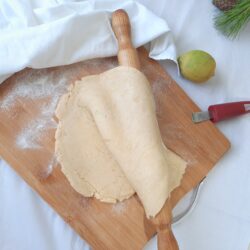
Homemade Shortcrust Pastry: A Delicious Foundation for Your Culinary Creations
Ingredients
- 250 g flour
- 125 g butter
- 45 g eggs (1 egg)
- 1 tsp lemon zest
- 15 ml water (1-2 tbsp)
- A pinch salt
Instructions
- In a large mixing bowl, combine the flour, salt. Whisk the dry ingredients together to ensure even distribution.
- Add the chilled butter cubes to the flour mixture. Using your fingertips or a pastry cutter, work the butter into the flour until the mixture resembles coarse crumbs. Take care not to overmix, as we want small chunks of butter to create that lovely flakiness.
- Add the beaten egg and lemon zest to the mixture. Then, gradually add the ice-cold water, one tablespoon at a time. Gently mix the dough with a fork or your hands until it starts to come together. Be cautious not to add too much water; the dough should hold together when gently squeezed but not be excessively sticky.
- Once the dough forms a ball, transfer it onto a lightly floured surface. Knead the dough just enough to bring it together, ensuring not to overwork it. Shape the dough into a disk and wrap it tightly in plastic wrap. Refrigerate for at least 30 minutes, allowing the butter to chill and the gluten to relax.
- After chilling, remove the dough from the refrigerator. On a lightly floured surface, roll out the pastry to fit your desired baking dish. Use a rolling pin to achieve a thickness of about 1/4 inch (6 mm).
- Carefully transfer the rolled-out pastry into the baking dish, gently pressing it into the corners and sides. Trim any excess pastry hanging over the edges and crimp or decorate as desired.
